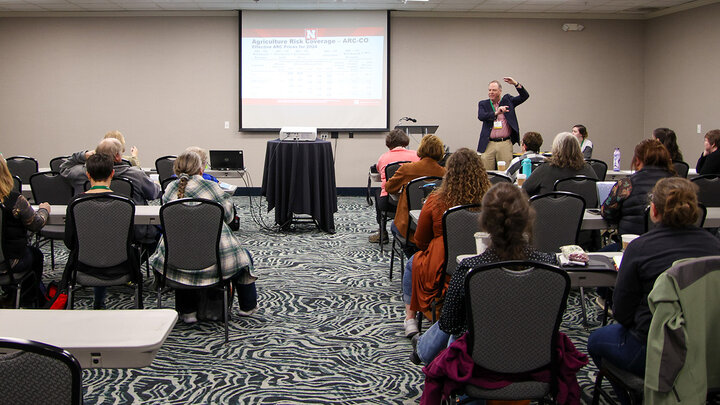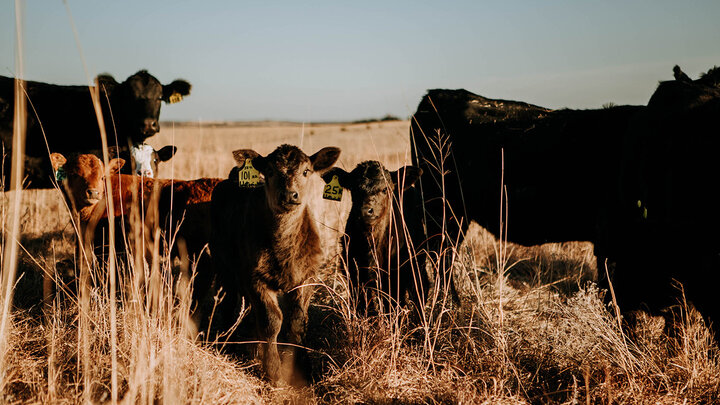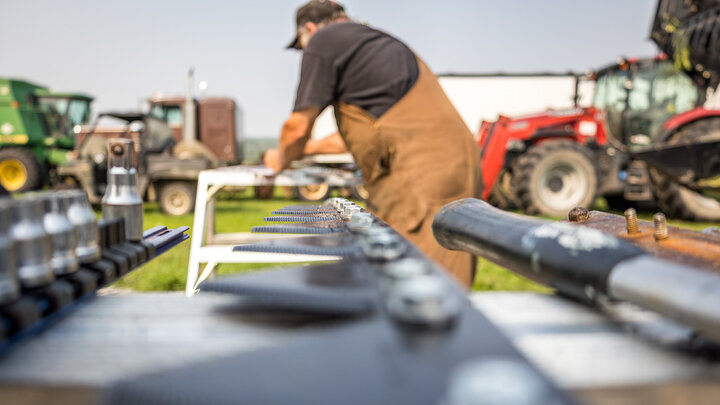This column was first published by Nebraska Farmer on Oct. 9, 2025, and is excerpted here with permission.
This column marks the 20-year anniversary of the first Policy Report I wrote for publication in Nebraska Farmer.
Back in the fall of 2005, I had just started work in the Department of Agricultural Economics at the University of Nebraska-Lincoln, after working 13 years in Extension with the University of Illinois and with Kansas State University.
The chance to return to my home state and to specialize in agricultural and public policy education in the department where I had earned bachelor’s and master’s degrees was a great opportunity. The chance to pick up the responsibility for the Policy Report column in Nebraska Farmer from my predecessor and distinguished policy expert Roy Frederick was also a great opportunity, albeit a daunting challenge.
I shared that task with colleagues in the first few years before becoming the primary author and have now written nearly 200 columns over the past two decades.
Circling back
My first column was on the farm bill, which is not surprising. Some of my colleagues kid me that my primary role is to talk about what is coming in the next farm bill for four (or more) years, and then talk about what is actually in it when it does pass.
Thanks to some analysis of my column’s titles over the past 20 years by one of my students, I can report that I’ve written about the farm bill in more than 20% of my columns — not quite every one, but certainly a frequent topic. I’ve also written about general policy development more than 20% of the time, likely to include farm bill discussions but also broader ag policy issues and budget challenges.
I’ve written about the farm income safety net numerous times as well, including my most recent column in the past month. While the farm bill columns tend to focus on how farm policy is written or how it might impact producers, the safety net columns tend to focus specifically on how programs work and how producers might make participation and management decisions.
All combined, writing about the farm bill, the policy development process and the farm income safety net account for more than 50% of my columns and reflect the primary focus I have developed on federal agricultural policy.
Seen it all
With current safety net programs such as Agriculture Risk Coverage (ARC) and Price Loss Coverage (PLC) now extended through the 2031 crop year, I’ve watched new farm income safety net concepts develop from ideas into programs into what has effectively become the new (semi-)permanent farm bill.
Of course, that doesn’t replace the actual permanent farm bill legislation from 1949 that still exists on the books. Each new farm bill has to regularly suspend the permanent legislation to avoid the “dairy cliff” that would occur if decades-old legislation had to be enacted on Jan. 1 when the first crop (milk) of the new year is harvested.
That issue comes up every farm bill cycle, generating fodder for discussion, and is before us again now as farm bill language not addressed in the budget reconciliation process this past summer has expired and awaits congressional action before the permanent legislation would kick in at the end of the year.
Another of my regular topics is risk management. While it closely relates to the farm bill and safety net discussion and may often overlap, it also encompasses a broader focus on the risks that agricultural producers face and the policies, tools and strategies that producers might use to manage risk.



